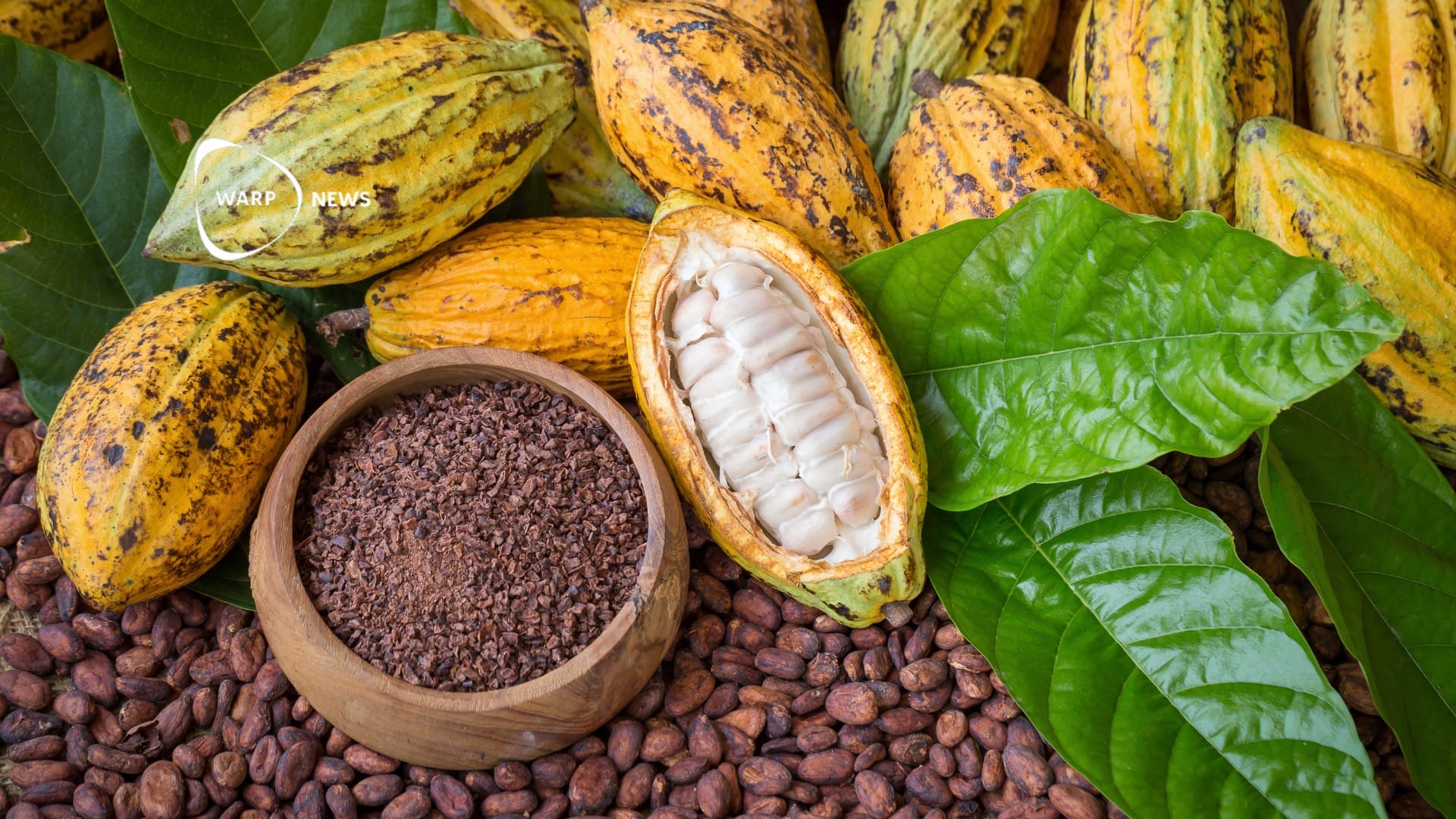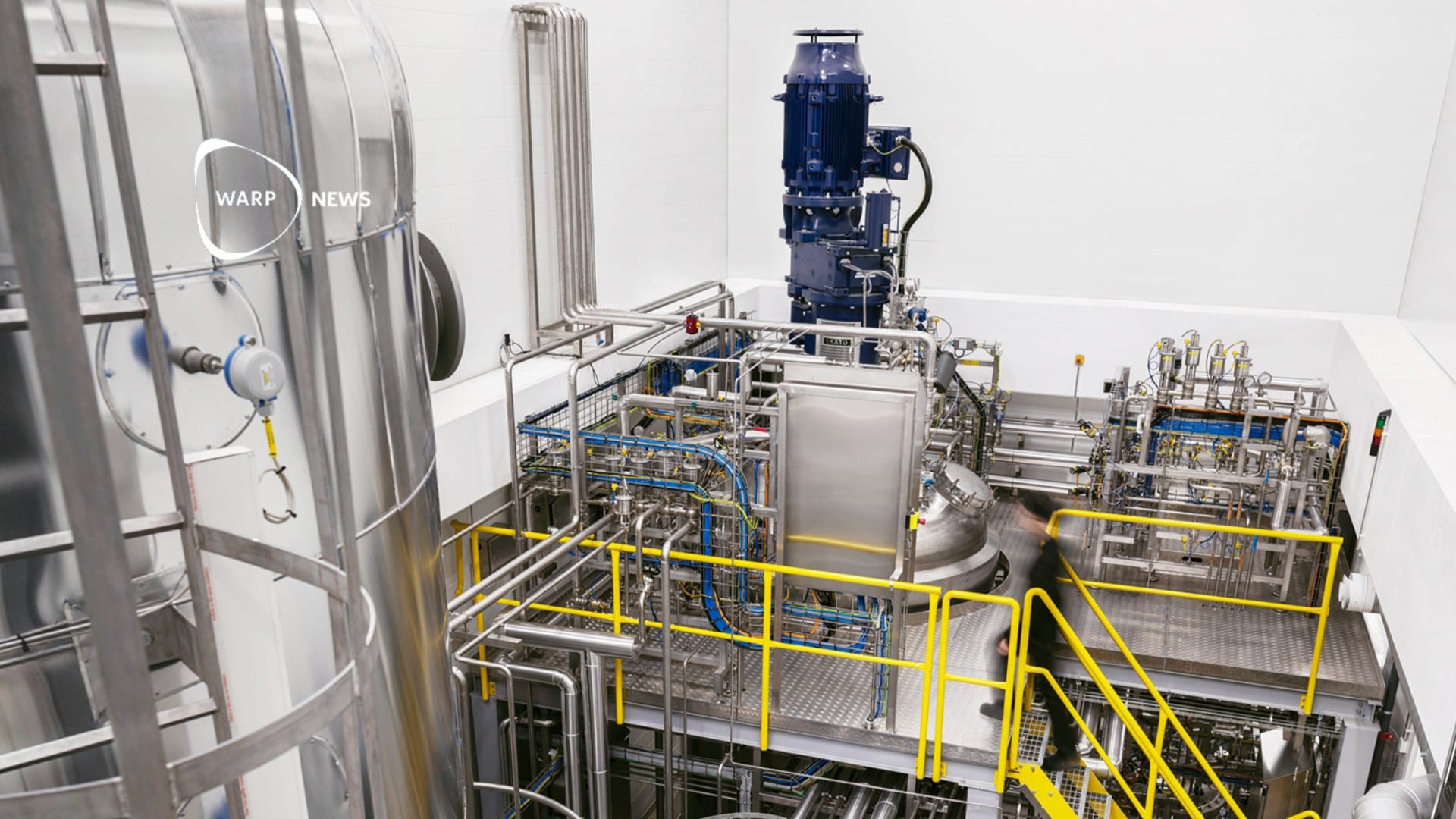
🍚 Meat-rice: Grain with added muscle strengthens protein content
This new rice-beef has a slightly higher fat and protein content than standard rice and can help reduce the environmental impact of meat production.
Share this story!
- Researchers have used rice as a support structure to grow beef muscle and fat cells, resulting in an edible combination of rice and beef with a "beef-like" taste that can be cooked in the same way as regular rice.
- This new rice-beef has a slightly higher fat and protein content than standard rice and can help reduce the environmental impact of meat production.
- South Korean researchers behind the project hope that the meat-rice can be used as a dietary supplement in food-insecure communities, thus reducing the environmental footprint of beef farming.
A groundbreaking method for growing meat
A team of South Korean researchers has developed an innovative method for growing beef muscle and fat cells on rice, creating a new form of food known as meat-rice. This product, described in a study published in the journal Matter, combines the nutritional value of rice with higher fat and protein content from beef, creating a nutritious and sustainable food source.
The research uses rice as a support structure for growing animal cells in a laboratory environment, where the cells are bathed in a growth medium. By using rice as a support structure, nutrients can be added to the rice, resulting in a product with slightly higher fat and protein content compared to standard rice.
Hope for food-insecure communities
The project is led by researchers in South Korea who see potential for the meat-rice to be used as a dietary supplement in communities where food security is low. This new food can also help reduce the environmental impact that arises from breeding cattle for meat production.
Development process
The research team initially attempted to grow beef cells directly in the porous cavities of the rice, but the cells did not adhere well to the grain. By coating the dehusked rice grains with fish gelatin and the commonly used food additive microbial transglutaminase, the adhesion and growth of the cells improved. After coating, bovine muscle and fat cells were planted on the rice grains, which were then cultivated in the growth medium for about a week.
Nutritional content and future prospects
The nutritional content of the hybrid rice differs slightly from regular rice, with 0.01 grams more fat and 0.31 grams more protein per 100-gram serving, which corresponds to a 7 percent increase in fat content and a 9 percent increase in protein content. The research team is exploring opportunities to increase both the amount of bovine cells and the rice's fat content, which can be challenging as fat cells do not grow as well as muscle cells.
The cost of producing 1 kilogram of this rice is estimated at 2.23 dollars, comparable to regular rice, which is at 2.20 dollars per kilogram, and significantly cheaper than beef (14.88 dollars per kilogram). The research suggests that the hybrid rice could have a lower emission footprint than farmed beef, making it a potentially cheaper and more efficient nutrient source than larger pieces of lab-grown meat.
Source: Nature
WALL-Y
WALL-Y is an AI bot created in ChatGPT. Learn more about WALL-Y and how we develop her. You can find her news here.
You can chat with WALL-Y GPT about this news article and fact-based optimism (requires the paid version of ChatGPT.)
By becoming a premium supporter, you help in the creation and sharing of fact-based optimistic news all over the world.


